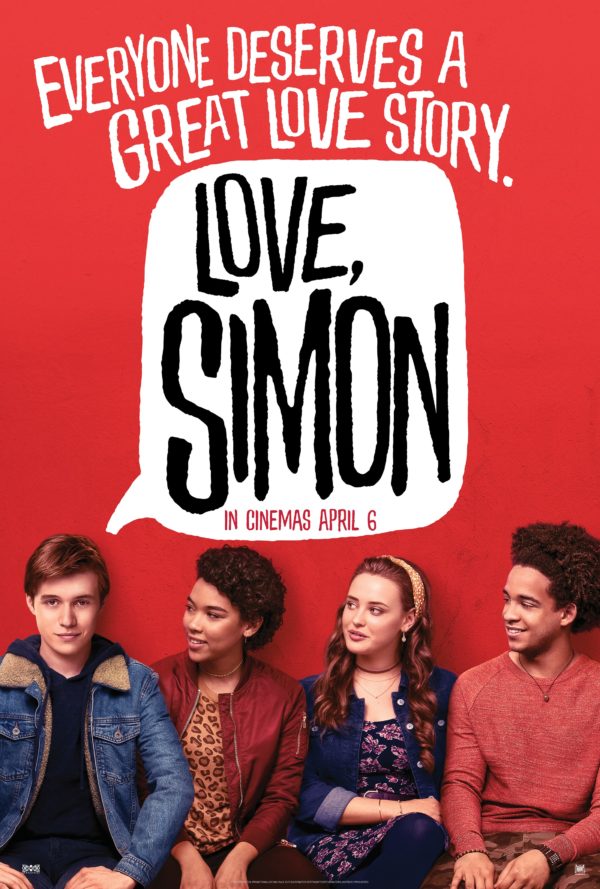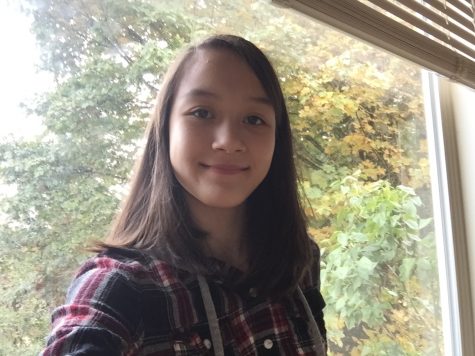Why Media Needs Better LGBT+ Representation
September 12, 2018
Media has historically come a long way for marginalized communities. In 2017, lead roles for minority actors rose to percent from 2016, up by 3 percent. However, the industry is still faced with many struggles for representation for people of color, women, and, especially, the LGBT community.
Better queer representation is important for several reasons. For one, it could help normalize people in the LGBT community, giving role models to look up to and characters that other people can see and relate to.
Along with this, it’s helpful, especially for youth, to see people like them who are going through similar things; characters that they can relate to. The problem with current representation is that it overwhelmingly appeals to a specific group. 55 percent of all LGBT parts on network television are male and cis, which means that they identify as the gender they were born as. Along with this, the majority of these characters are white—77 percent for streaming, 62 percent for broadcast, and 64 percent on cable, according to the 2016-2017 report by GLAAD, a media monitoring organization founded by LGBT people.
Media is used to tell people’s stories; it can help open minds and illustrate the struggles that different groups of people go through everyday.
The issue is that, instead of utilizing the platform to tell stories, movies will often have kinds of fake representation; queer people will be in the backgrounds, subtext, killed off or behind the scenes, but never at the forefront of the action. Occasionally, they are played by disrespectful members who are not in the community, who see the role as just that; a joke, not a serious role. When they are seen on screen, LGBT roles are often displayed as different tropes, such as the token gay character. This is barely representation: it portrays people as a trope or an idea instead of as a human being.
“When you don’t see people like yourself, the message is: You’re invisible. The message is: You don’t count. And the message is: ‘There’s something wrong with me.’” Michael Morgan, a researcher on media effects, said to the Huffington Post. “Over and over and over, week after week, month after month, year after year, it sends a very clear message, not only to members of those groups, but to members of other groups, as well.”
This exposes another problem in representation. If LGBT people are shown only behaving in certain ways or within certain stereotypes, it creates damaging effects where people wonder if that is all that is expected of them in society.
Media needs to acknowledge queer people as individuals, and acknowledge humanity beyond a label.
Fabricio Leal Cogo, a student at the Federal University of Santa Catarina remembers “growing up here in Brazil and not seeing anyone like me portrayed on TV — or at least, not anyone with a similarly complex inner life. The few times I saw gays on TV, they were always a punchline in a comedy—a source of laughter. Many people, I’m sure, are probably thinking: It’s just a joke, right?”
People look up to characters. Being able to point at a character and see that their gender or their sexuality does not stop them from going on adventures or from saving the world could mean so much to someone discovering their identity.
One of the most important things that better representation would accomplish is building understanding for the queer community. It could help people understand that everyone — no matter race, gender, or sexuality — is an individual with likes, dislikes, hopes and dreams, just like anyone else.
Creative Commons photo source: https://www.flickeringmyth.com/2018/01/love-simon-gets-new-poster/






Paul Dreisbach • Sep 13, 2018 at 11:05 am
Wow! Fantastically written, well-researched and supported, heartfelt, and poignant! Thanks for bringing this issue to this community’s attention in such an insightful way, Kierra!